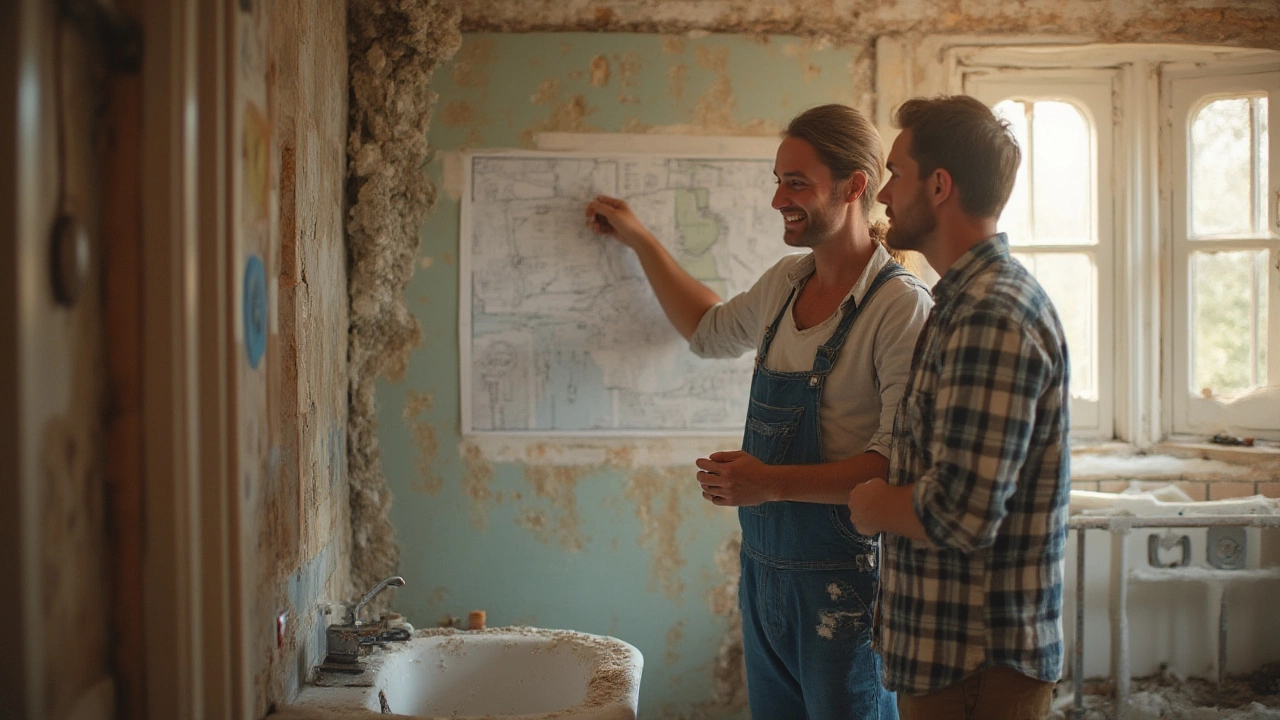Renovation Timeline: A Practical Guide to Planning Your Home Upgrade
If you’re thinking about a remodel, the first thing most people ask is, "How long will it take?" The answer isn’t one‑size‑fits‑all, but you can build a solid schedule by breaking the work into clear phases. A good timeline helps you stay on budget, reduces stress, and makes sure you’re not left waiting for a contractor to finish a step before you can move on.
Key Phases of a Renovation
Every renovation follows a similar structure, even if the rooms and materials differ. Start with Planning and Design. This is where you decide what you want – a new bathroom, a fresh living‑room floor, extra storage, or all of the above. Sketch out ideas, pick finishes, and get quotes. Expect this stage to take 1‑3 weeks, depending on how many decisions you need to make.
Next comes Permits and Approvals. If you’re changing plumbing, moving walls, or adding a roof extension, you’ll need permission from your local council. Allow at least a week for the paperwork, but give yourself an extra buffer because inspections can slip.
The Demolition and Prep phase follows. This is the messiest part – tearing out old tiles, stripping wallpaper, or clearing out a kitchen. It usually lasts 3‑7 days for a single room, but larger projects can stretch to two weeks.
After the space is cleared, you move into the Construction and Installation stage. Here the electricians, plumbers, carpenters, and floor installers do their thing. For a bathroom upgrade, plan 2‑3 weeks; a full‑house remodel may need 4‑6 weeks. Keep a checklist of each trade’s start and end dates so you can spot overlaps early.
Finally, there’s Finishing and Clean‑up. Paint, trim, fixtures, and a thorough cleaning bring everything together. Most homeowners finish this in 5‑10 days, but allocate a few extra days for unexpected touch‑ups.
Tips to Keep Your Timeline on Track
1. Set realistic deadlines. Don’t rush a week‑long job into three days. Under‑estimating time leads to delays and higher costs.
2. Choose reliable contractors. Ask for references, check reviews, and get a written schedule before signing. A clear contract reduces the chance of “we’ll start next week” excuses.
3. Order materials early. Whether it’s engineered hardwood, luxury vinyl plank, or bathroom tiles, lead times can be weeks. Ordering ahead prevents the project from stalling.
4. Plan for decision‑making time. If you’re unsure about colours, patterns, or storage solutions, set a deadline to pick them. Too many last‑minute choices push the timeline out.
5. Keep communication open. Regular check‑ins with your builder help you catch issues early, like a hidden mold problem or a foundation concern, before they become big roadblocks.
Remember, a solid renovation timeline isn’t just a calendar – it’s a roadmap that guides every step from demolition to the final polish. Follow these phases, stick to realistic dates, and keep the conversation flowing with your team. With a clear plan, your home upgrade will feel more like a smooth journey and less like a guessing game.
Small Bathroom Renovation Timeline: How Long Should It Really Take?
- Gavin Whitaker
- |
- |
- 0
How long should a small bathroom renovation take from demo to finish? Unpack actual times, key factors, delays, tips, and a breakdown of each stage—minus the guesswork.
View more